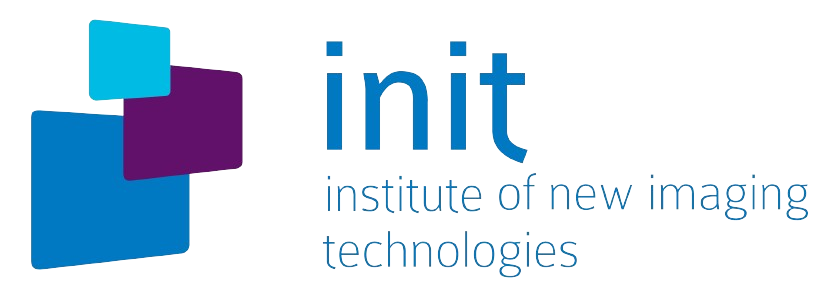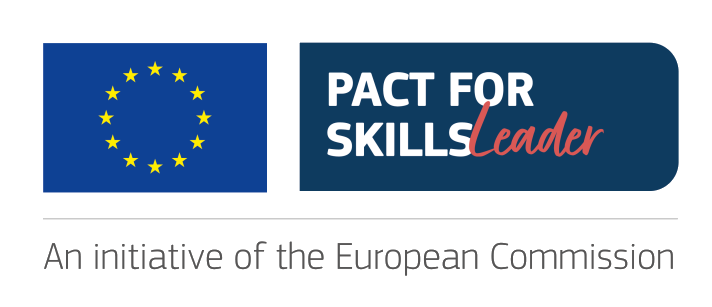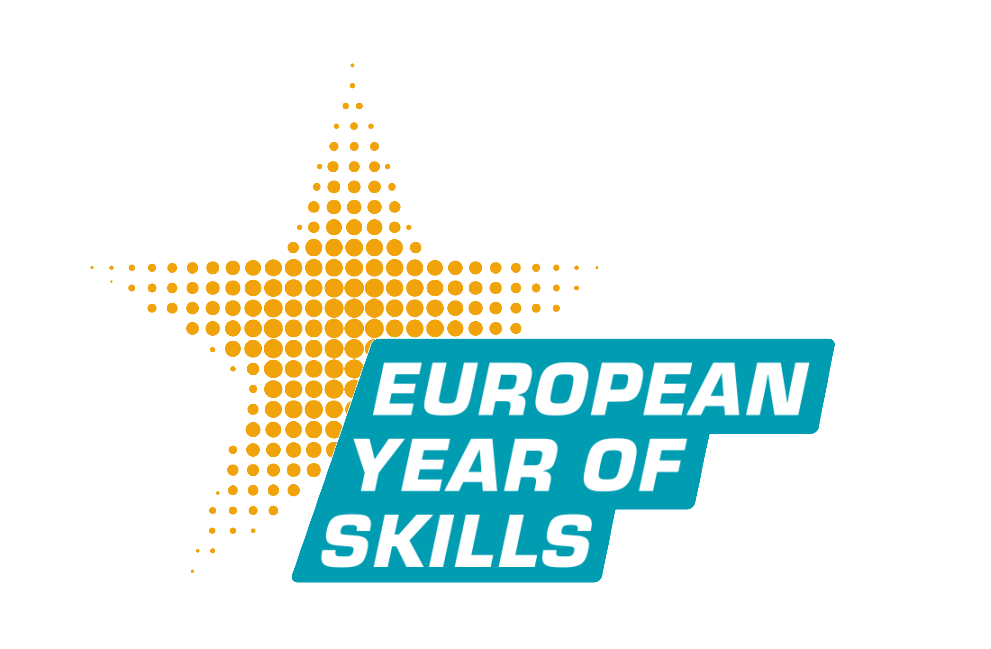About INIT
The Institute of New Imaging Technologies is an effective instrument to promote and foster research activity related to imaging technologies. Its main task is the development of quality research that contributes to the advancement of knowledge and technological innovation that improves the quality of life of citizens and the competitiveness of companies.
Due to the variety of fields related to image technologies, some of the disciplines, lines of work and research, and fields of application that INIT intends to comprise are, in the case of scientific-technical disciplines, the following:
- Artificial vision, recognition of forms, image analysis, visual inspection, quality control, stereoscopy, color analysis, motion analysis, automatic decision, classification of textures.
- Indoor location, intelligent environments, internet of things, e-Health.
- Computer graphics, interactive visualization, virtual reality, augmented reality, video games.
- Recognition of forms, data mining, classification, prototype selection, feature selection, combination of classifiers, data complexity analysis, grouping, quality control.
- IDE, map viewer, mash-ups, web services, sensor networks, VGI, OGC, cloud computing, network computing, smart cities, citizen collaboration, geogames.
- Automatic speech recognition, machine translation, computational learning, syntactic and structural recognition of forms, neural networks, statistical and structural modeling.
- Computer aided design, CAD, modeling based on sketches, quality of CAD models.
- Photonics, laser, ultra-fast science, manufactured products by laser, laser therapy, production of nanofluids, biophotonics for health applications, optical microscopy, optical sensors, three-dimensional image, multidimensional image, biological tissue optics, low-light image.
- Differential geometry, stereology, medical images, image volume processing.
- Data analysis, free and non-parametric distribution methods, multivariate analysis, statistical inference techniques, statistical prediction techniques, time series, spatial and temporal-spatial statistics, analysis of large volumes of data. Segmentation and medical image analysis.



